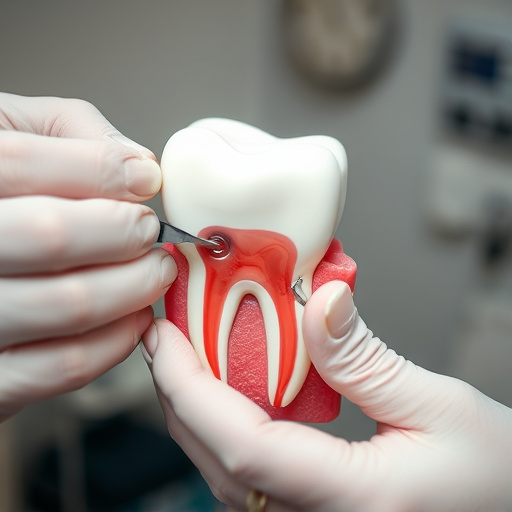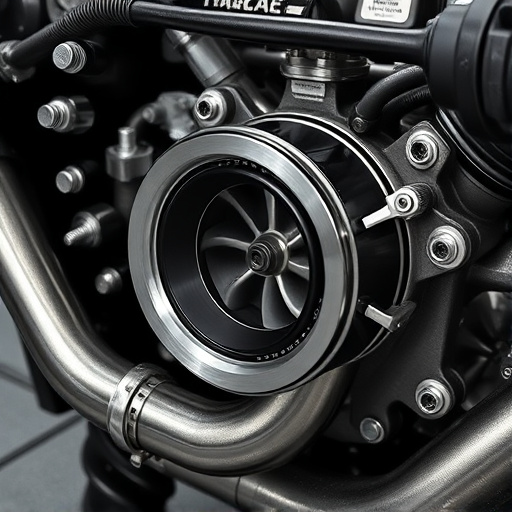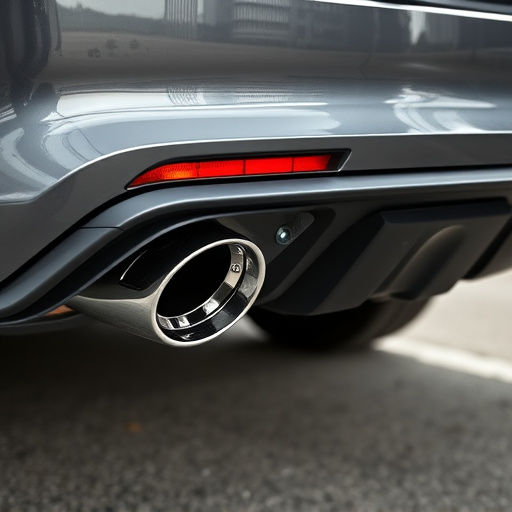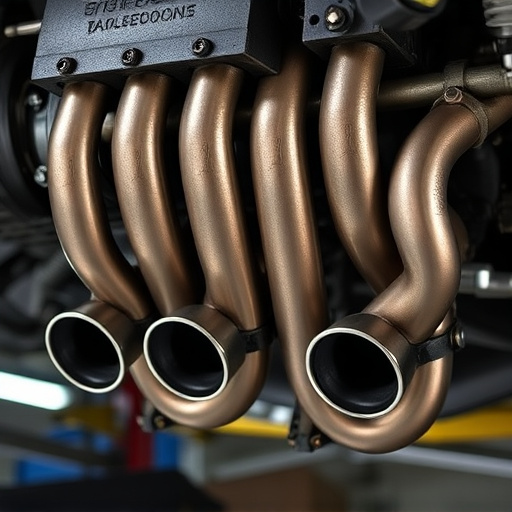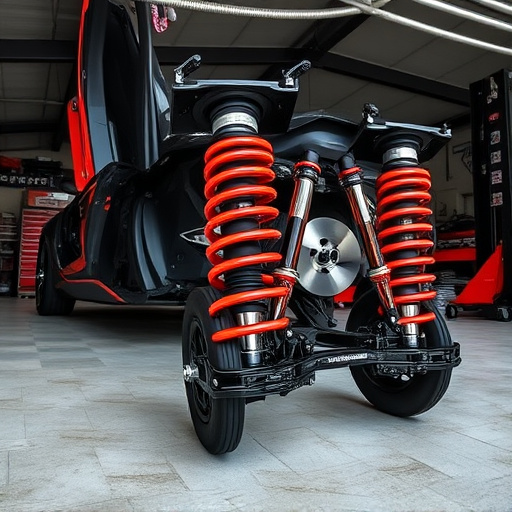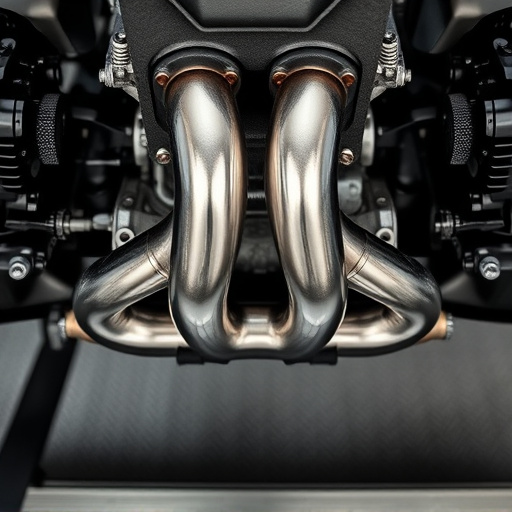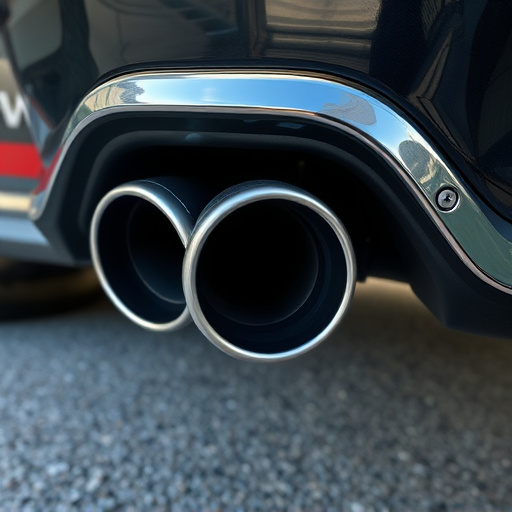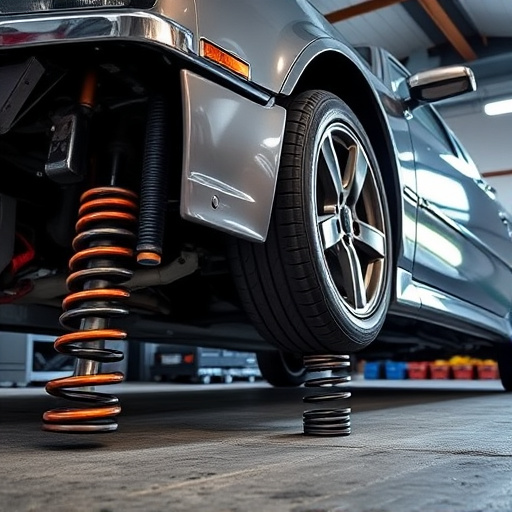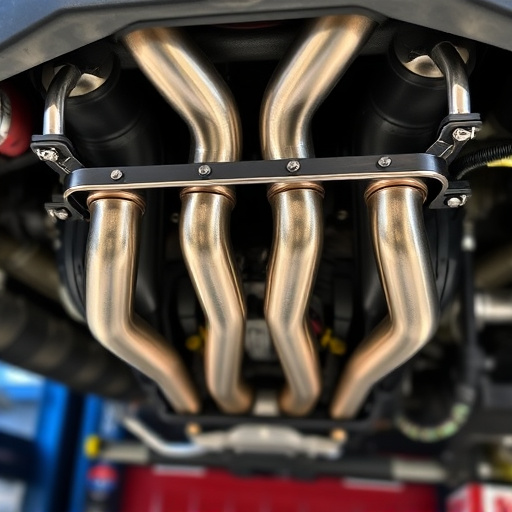Brake caliper covers enhance both vehicle aesthetics and performance by protecting calipers from damage and improving visual appeal. Installation requires specific tools like socket sets, wrenches, jack, stand, penetrating oil, tongs, gloves, and safety glasses to ensure secure fit without compromising brake integrity. Efficient installation involves raising and securing the vehicle, checking caliper temperature, aligning new covers, tightening bolts in a star pattern, then lowering and verifying secure fastening.
“Transform your vehicle’s aesthetics with the simple addition of brake caliper covers. This comprehensive guide delves into the world of caliper cover installation, equipping you with the knowledge to enhance your car’s style. From understanding the basics of brake caliper covers to mastering the required tools and equipment, this article is your one-stop resource. Learn how to choose the right tools for a seamless installation process.”
Understanding Brake Caliper Covers
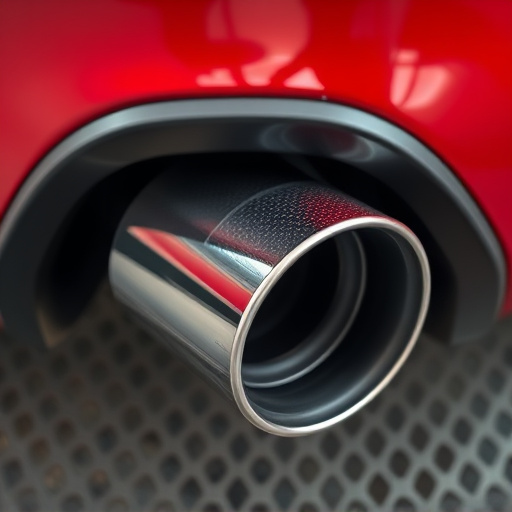
Brake caliper covers are an essential accessory for maintaining and enhancing your vehicle’s aesthetics and performance. They serve as protective barriers, shielding sensitive brake calipers from debris, corrosion, and other environmental factors that could damage them over time. By covering these critical suspension components, you not only ensure their longevity but also contribute to the overall visual appeal of your car or truck.
These covers come in various materials, styles, and finishes, catering to different preferences and performance needs. When installing brake caliper covers, it’s crucial to have the right tools and equipment. This involves gathering items such as socket sets, wrenches, and specialized installation kits that include air filter kits for clean assembly, all of which play a vital role in achieving a seamless fit without compromising the integrity of your brake components.
Required Tools for Installation
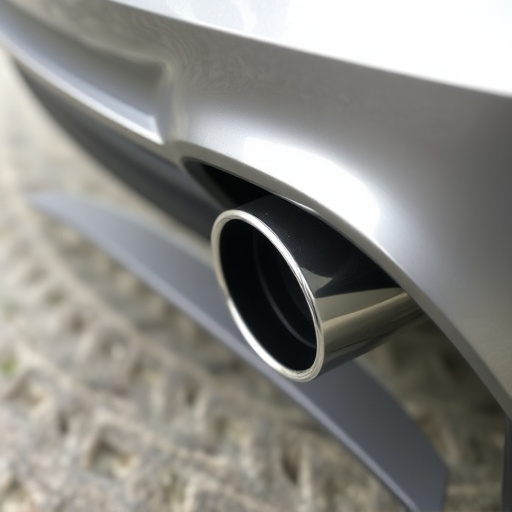
When it comes to installing brake caliper covers, having the right tools is essential for a smooth and successful process. Here’s what you’ll need, specifically tailored for this task. Firstly, a set of high-quality, specialized sockets designed for automotive applications will be indispensable. These tools allow for precise tightening without damaging delicate brake components. Next, a pair of sturdy tongs or grippers can help in handling and positioning the covers accurately.
Additionally, a can of penetrating oil can work wonders on stubborn bolts, making them easier to remove. For a more comprehensive setup, consider having a jack and stand for safe vehicle support, especially when dealing with muffler tips that might require access to the underside of the car. Don’t forget the classic hand tools like wrenches and screwdrivers, as they often prove indispensable for various tasks during the installation process, including loosening old brake pads and securing new components.
Step-by-Step Equipment Guide
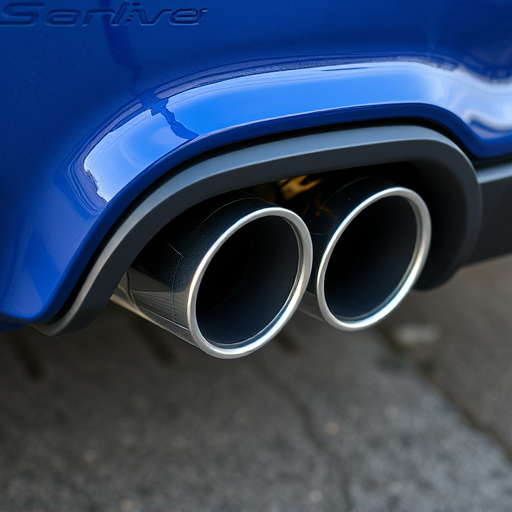
To install brake caliper covers effectively, gather the right tools and equipment before beginning. You’ll need a set of high-quality socket wrenches in various sizes to secure the bolts, as well as a jack and jack stands for safe vehicle support. Don’t forget protective gear like gloves and safety glasses to safeguard against debris. For a smoother process, consider having a helper to assist with holding components in place and providing leverage when needed.
Start by raising the vehicle using the jack and securing it firmly with jack stands. Next, locate the calipers and ensure they’re cool to the touch before removing any existing covers or hardware. Carefully install the new brake caliper covers, aligning them precisely. Tighten the bolts in a star pattern to ensure even pressure on all sides of the caliper. Once installed, lower the vehicle, remove the jack stands, and verify that the caliper covers are securely fastened. This meticulous approach guarantees optimal performance air filters and cold air intakes, enhancing overall vehicle performance.
Brake caliper cover installation is a straightforward process that can enhance both the aesthetics and performance of your vehicle’s brakes. By understanding the necessary tools and equipment, you can easily achieve a professional finish without breaking the bank. This guide has provided an in-depth look at the required materials and step-by-step instructions to ensure success. Now, with the right knowledge and resources, you’re ready to tackle this project and make your brakes stand out while ensuring optimal stopping power.

